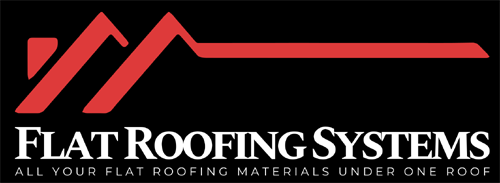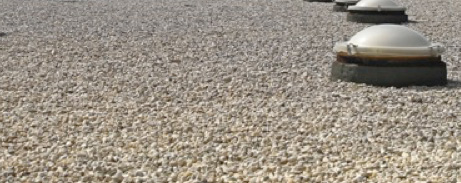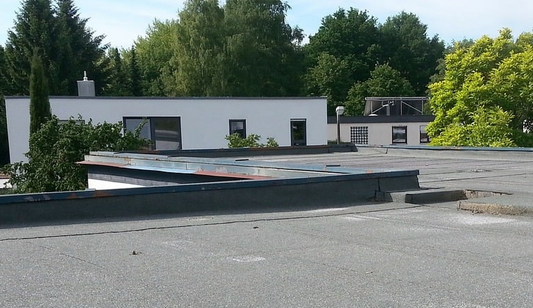Single ply PVC roofing refers to a roofing system that uses a single layer of polyvinyl chloride (PVC) membrane to protect a building’s roof. Unlike traditional multi-layered systems, single ply membranes are installed as one continuous sheet, providing a lightweight yet highly effective barrier against the elements.
PVC membranes are typically reinforced with a mesh or fabric layer, which adds strength and flexibility, making them suitable for a wide range of roofing projects.
When it comes to modern flat roofing solutions, single ply membranes are leading the way for both commercial and residential buildings. Among these, single ply PVC roofing stands out for its durability, versatility, and performance.
Key Features and Benefits of PVC Single Ply
Waterproofing and Weather Resistance:
PVC membranes are inherently waterproof, making them an excellent choice for flat and low-slope roofs where water drainage can be a challenge. They also stand up well to wind, rain, and snow.
Durability and Longevity:
A well-installed single ply PVC roof can last 20–30 years or more. The material resists cracking, shrinking, and punctures, even in harsh weather conditions.
Chemical, UV, and Fire Resistance:
PVC is highly resistant to chemicals, grease, and industrial pollutants, making it ideal for restaurants, factories, and other commercial applications. It also offers strong protection against UV rays and is naturally fire-retardant.
Energy Efficiency:
Many PVC membranes come in white or light colors, reflecting sunlight and reducing cooling costs in warm climates. This can contribute to a building’s overall energy efficiency.
Installation Methods
Single ply PVC roofing can be installed in several ways:
- Mechanically Fixed: The membrane is attached to the roof deck with fasteners.
- Fully Adhered: The membrane is glued directly to the insulation or roof deck.
- Induction Welded: Special plates are heat-welded to the membrane for a secure hold.
Professional installation is highly recommended, as proper technique is crucial for ensuring watertight seams and maintaining the manufacturer’s warranty.
Common Applications
Single ply PVC roofing is most commonly used on commercial and industrial buildings with flat or low-slope roofs. However, it’s also gaining popularity in residential applications, especially for modern homes with flat roof designs. Its strength and flexibility make it ideal for large, open roof spans and areas where strong, watertight seams are essential.
Comparison to Other Single Ply Membranes
While EPDM (rubber) is also popular single ply roofing options, PVC stands out for its superior seam strength and chemical resistance. This makes it the preferred choice in environments where exposure to grease, oils, or harsh chemicals is likely.
In Summary
Single ply PVC roofing offers a high-performance, long-lasting solution for flat and low-slope roofs. Its combination of durability, weather resistance, energy efficiency, and versatility make it a popular choice for a wide range of buildings. If you’re considering a new roof or a replacement, consult a professional roofer or call us here at Flat Roofing Systems to find out if single ply PVC is the right fit for your project.




